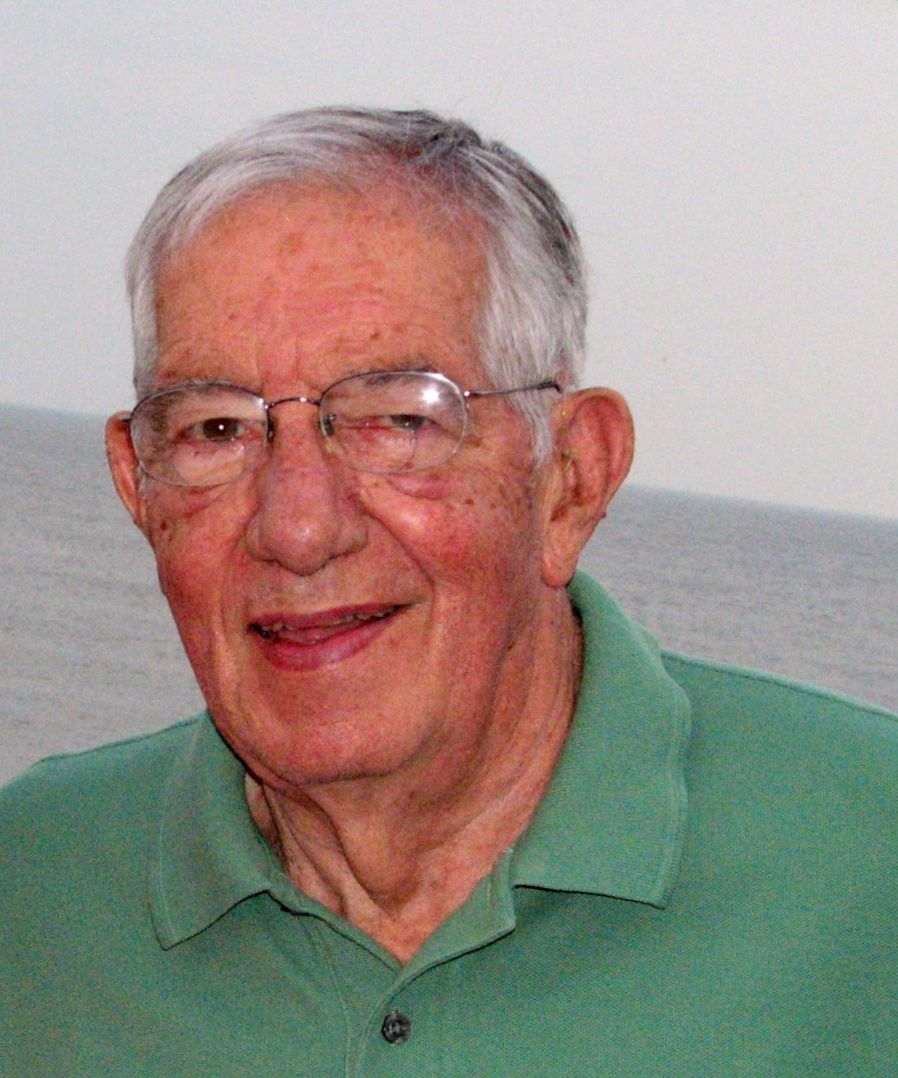He’s had it with you people! He’s tired of you people!

Just like Ann Romney in 2012!
I guess us people are just too irritating.
Stay tuned, we’re working on something more substantive. It does take us people a while to get ourselves organized, sometimes.




